Iksan Prison Set (익산교도소세트장)
13.0Km 2025-10-24
207 Hamnang-ro, Seongdang-myeon, Iksan-si, Jeollabuk-do
It is the only prison set in Korea made for movie filming. Dramas like "Delightfully Deceitful" and " Divorce Attorney Shin" and movies like "Tazza" and "Miracle in Cell No. 7" were filmed here. Although the set was built using a closed school, shooting photos in places like the court, solitary confinement, interrogation rooms, and torture chambers can feel eerie. Renting costumes and becoming a correctional officer or inmate provides a more realistic prison experience.
Iksan Ipjeomni Ancient Tombs (익산 입점리 고분)
13.8Km 2024-04-07
80, Ipjeomgobun-gil, Iksan-si, Jeonbuk-do
+82-63-859-5875
The Iksan Ipjeomni Ancient Tombs are a group of ancient Baekje-era tumuli located 100 meters above sea level on the northeast brow of Chilmokjae Hill in Ipjeom-ri, Iksan-si, Jeollabuk-do. The burial ground covers an area of more than 18,520 square meters and is officially listed as Historical Site No. 347. To date, a total of eight tumuli have been excavated, all of which are chamber tombs.
Surprisingly enough, the tombs were first discovered in 1986 by a high school student. While digging for arrowroot, a young man from a local high school found some pieces of gold that resembled a hat. He quickly notified the authorities and it was soon discovered that the pieces of gold were in fact valuable ancient artifacts. An emergency excavation was conducted and the eight tumuli were uncovered, but unfortunately all of the tumuli except Tomb No. 1 had been severely damaged. Tomb No. 1, which is still in relatively good condition, boasts an entrance measuring an impressive 16 meters in x_height and 2 meters in x_width.
Inside the tombs archaeologists found valuable relics from the Baekje dynasty including earthenware, jewelry (a gilt-bronze hat, gold earrings, glass beads, etc.), harnesses and ironware. Given the shapes and the types of the pieces found, historians estimate that the tumuli were built in the 5th century. Since the gilt-bronze hat is similar in shape to those found in Japan, experts believe that there was an active exchange between the Baekje people and the people of Japan.
Iksan Sungnimsa Temple (숭림사(익산))
14.8Km 2024-04-07
495-57, Baekje-ro, Iksan-si, Jeonbuk-do
+82-53-862-6394
Sungnimsa Temple is one of the major temples in Iksan under Geumsansa Temple and was believed by some to have been built by monk Jinpyo Yulsa during the reign of King Gyeongdeok (742-764) during the Silla period. Others believe that the temple was established during the first year of King Chungmok of the Goryeo dynasty in 1345. Sungnimsa Temple was named in honor of great monk Bodhi-Dharma, who practiced seated Zen meditation for nine years at Sorimsa Temple located deep inside Sungsan Mountain in China. The temple was burnt down during the Imjin War (1592-1598), leaving only Bogwangjeon Hall. Bits and pieces of the temple were later restored in 1697, 1819, and 1892.
Hotel One [Korea Quality]호텔원[한국관광 품질인증]
15.2Km 2024-04-07
21-13 , Ogong-ro, Wanju-gun, Jeonbuk-do
+82-63-225-9333, hoteloneinnocity@naver.com
Hotel One is a chain business hotel in Jeonju Innovation City, Jeollabuk-do, with a number of government offices, public facilities and tourist attractions nearby. Public transport links are good, with Jeonju Bus Terminal and Jeonju Station not far away. The hotel provides room service and other standard hotel facilities, and there are meeting and seminar rooms on site. Hotel One is designated as a safe lodging place for women and families.
Palbok Art Factory (팔복예술공장)
15.3Km 2024-05-02
46 Guretdeul 1-gil, Deokjin-gu, Jeonju-si, Jeonbuk-do
Palbok Art Factory was founded in an old cassette tape factory twenty-five years after it went out of business with the advent of the CD. The factory aims to spread art and artistic creativity to the world, much like the previous cassette tape company did at their peak in the '80s.
Cheolgiwa Jeon (철기와전)
15.9Km 2024-04-07
8-1 , Sinbok 7-gil, Deokjin-gu, Jeonju-si, Jeonbuk-do
Cheolgiwa Jeon is a jeon (traditional Korean pancake) specialty restaurant where one can taste a variety of jeon prepared by a Korean food expert as a course meal. The restaurant is managed by the chef and serves a delectable collection of jeon under the menu name "Ibaji Set," which is available in a seven-course meal or five-course meal.
Doldol Pie (돌돌파이)
16.0Km 2024-04-07
27-5 , Sinbok 6-gil, Deokjin-gu, Jeonju-si, Jeonbuk-do
Doldol Pie is a meat pie specialty store selling traditional Australian pies and Korean-style pies. Their signature menu is the royal galbi pie, a combination of the original Australian meat pie and Korean galbi jjim (braised galbi), a dish that inspired the head chef Yoon into making this menu when he was working as the chef in a Korean embassy in Australia. The original meat pie is another recommended menu at this store.
Baram Yakgwa (바람약과)
16.0Km 2024-04-07
23-1, Sinbok 6-gil, Deokjin-gu, Jeonju-si, Jeonbuk-do
+82-507-1418-9931
Baram Yakgwa was a collaboration project between Jeonju-si and Glow Seoul in the TV show MBC's Buy & Live Season 3 to form a yakgwa specialty shop featuring 16 different types of yakgwa. From real pumpkin yakgwa to Jeonju Egg Yakgwa to Iksan Purple Sweet Potato Yakgwa, the honey cookie goes perfectly with tea, egg coffee or butter coffee.
Namu Sotbab (나무솥밥)
16.0Km 2024-04-07
13-2, Sinbok 6-gil, Deokjin-gu, Jeonju-si, Jeonbuk-do
+82-507-1408-7832
Namu Sotbab featured in TV show MBC's Buy & Live Season 3 offers visitors healthy meals straight from nature. The restaurant specializes in various tofu meals using the chef's special receipe with over 10 years of sotbab cooking.
Gapgi Hoegwan Main Branch (갑기회관 본점)
16.1Km 2024-12-03
전북특별자치도 전주시 덕진구 상리로 50
The signature menu of this restaurant is yagyong bibimbap (medicinal bibimbap), which has rice cooked in water boiled with seven to eight medicinal herbs. The yagyong bibimbap features not only traditional bibimbap ingredients but also medicinal ingredients, such as chestnuts and jujube, which add flavor and health benefits. The restaurant also makes its own red chili paste, which gains a mild sweetness from apples, pear, and onions used in fermentation.
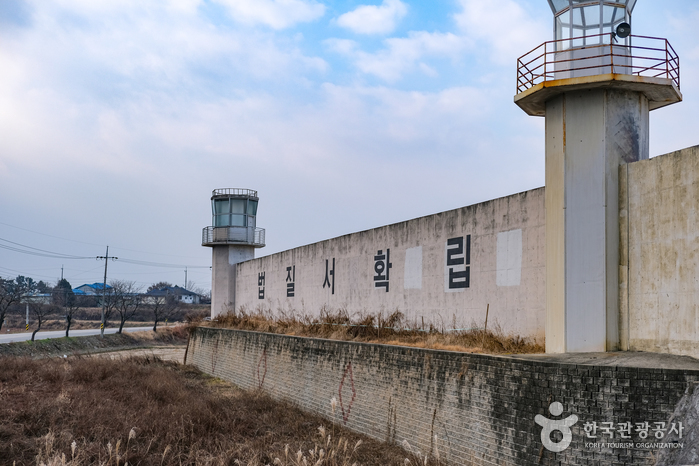
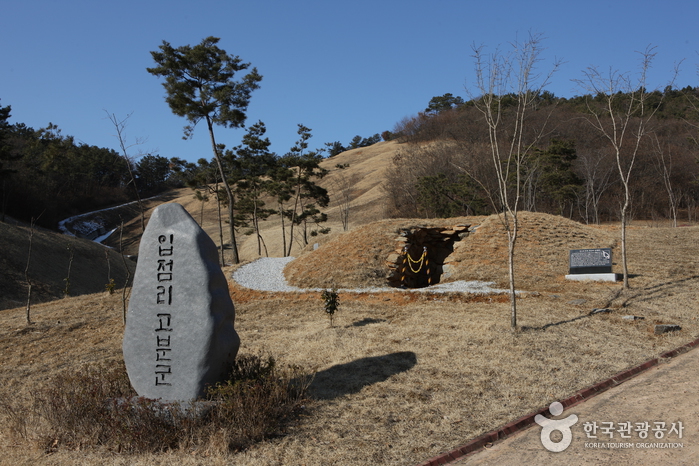

![Hotel One [Korea Quality]호텔원[한국관광 품질인증]](http://tong.visitkorea.or.kr/cms/resource/42/2949342_image2_1.jpg)
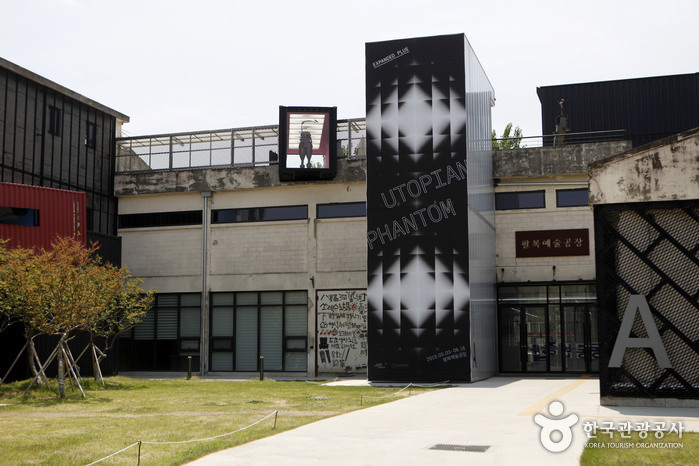
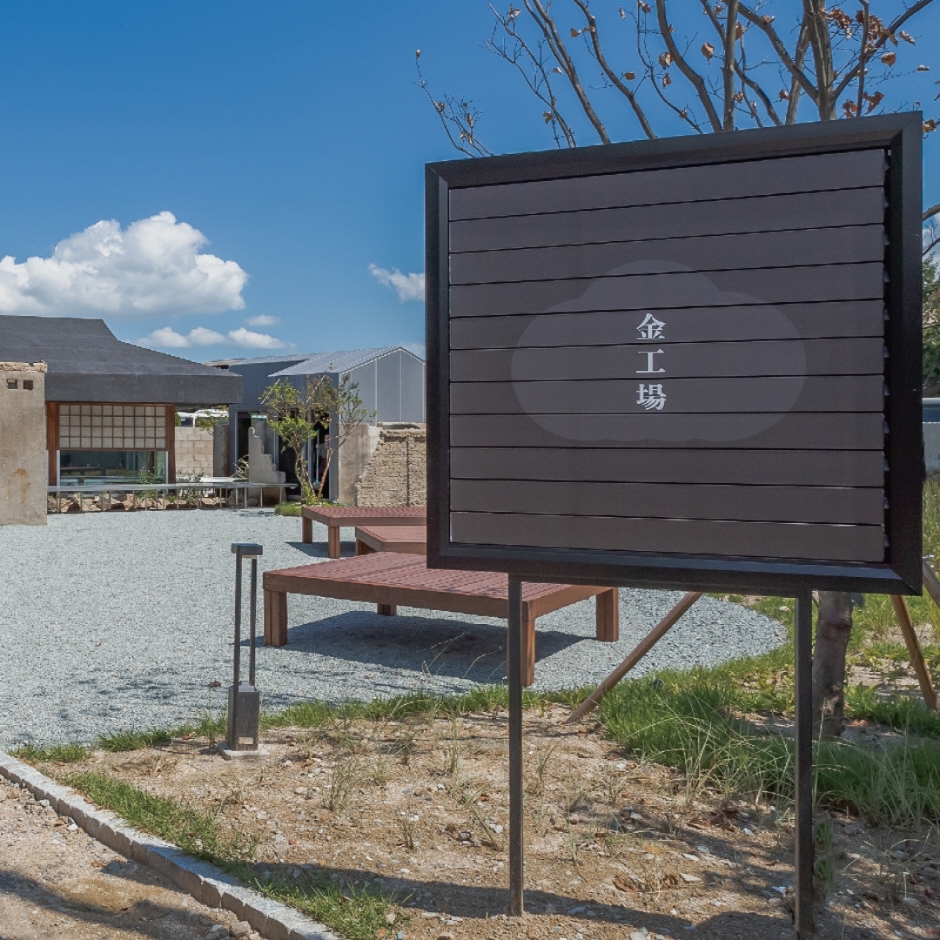
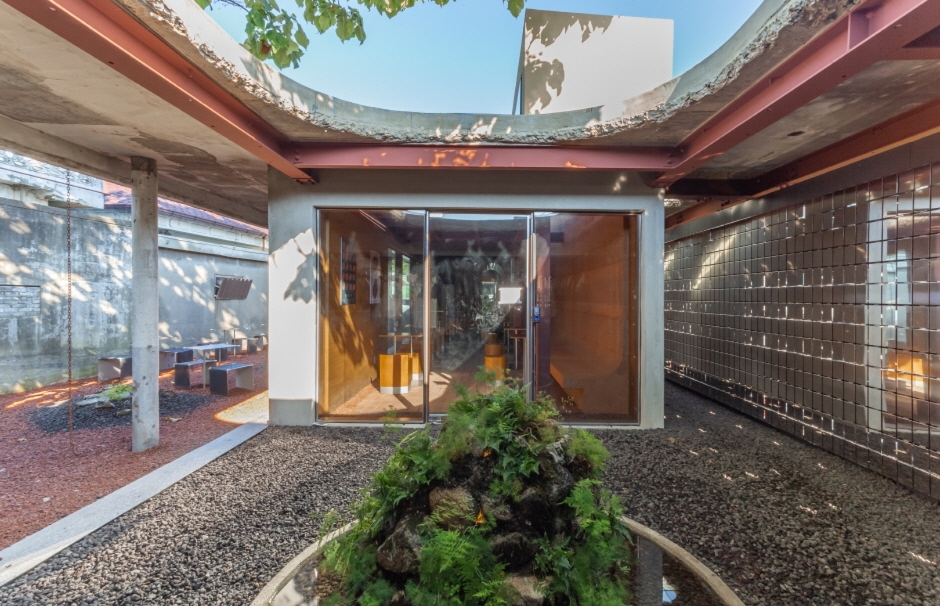
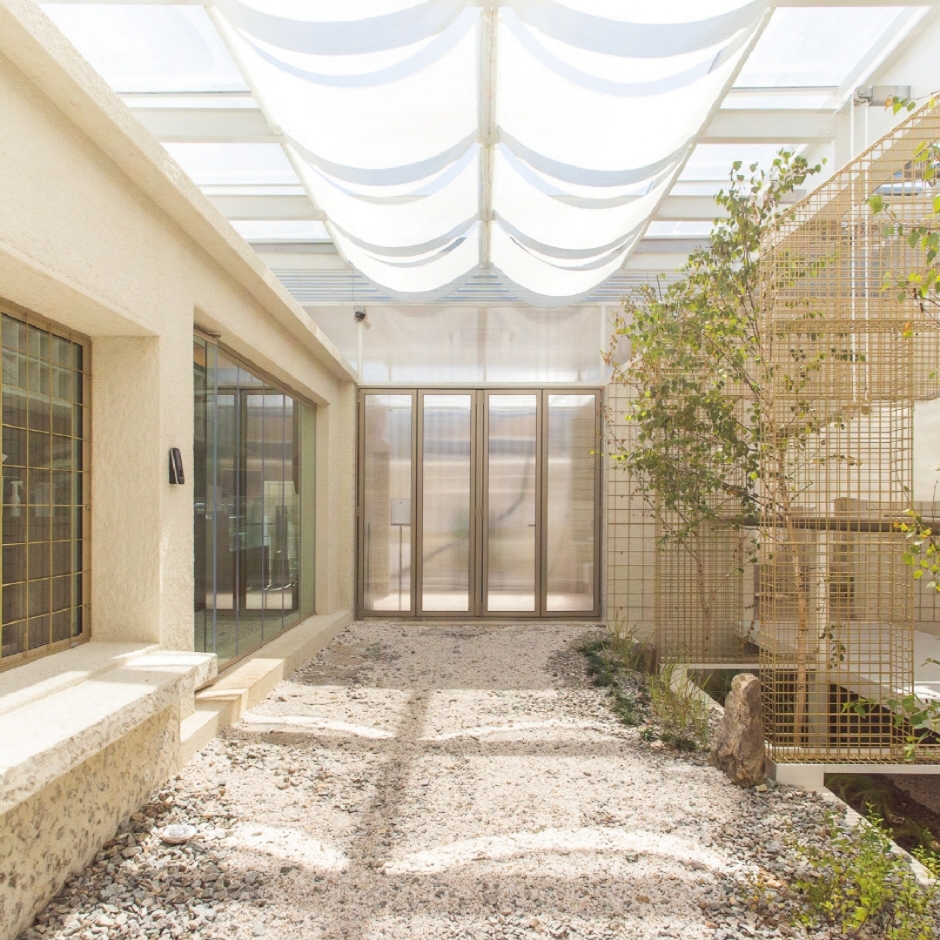
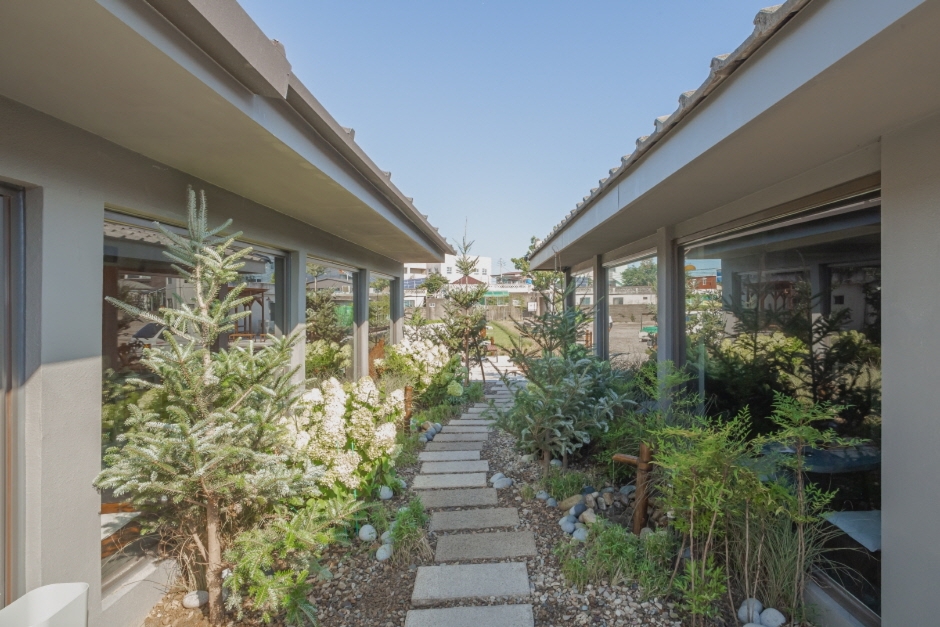
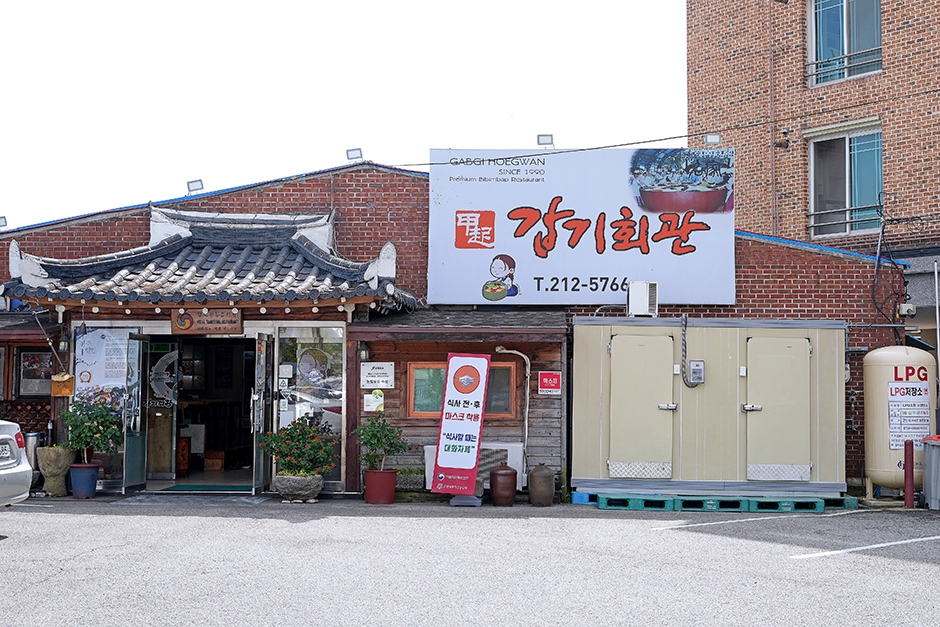
 English
English
 한국어
한국어 日本語
日本語 中文(简体)
中文(简体) Deutsch
Deutsch Français
Français Español
Español Русский
Русский